Signed lower right
Titled on the back on an old label “The pleasures of summer”
Dimensions: 41 x 32 cm
With frame: 55 x 47 cm
On the banks of the Adour, an impressionist work , with a lively, strong and luminous touch. Three elegant ladies come to relax by the water. We can recognize the city of Bayonne in the distance.
The banks of the Adour, Bayonne, Pays basque.
Gustave Colin seduced by the Basque country. He painted numerous canvases there When Gustave Colin settled in the Basque Country around 1860, he was already a “modern” figure alongside his master, Camille Corot, who came to set up his easel in Ciboure in 1871. The Impressionists were then many travel the Basque Country to paint and draw it. In our painting, we can see in the distance the city of Bayonne, the Sainte Marie cathedral, the Saint André church and the Saint Esprit bridge which spans the Adour.
An impressionist painting with loose and brushed paste.
Three elegant ladies stroll on the banks of the Adour on the outskirts of Bayonne, a typical impressionist subject titled by the painter "the pleasures of summer". The work, certainly painted on the motif, is brushed with a quick and energetic touch. The viewer's eye is attracted by the play of color spots of the colorful outfits of the women in the foreground then gets lost in the distance towards the bridge of Saint spirit that catches the light. The work is luminous, treated with broad brush strokes with an astonishing sense of sunshine
Bibliography
From Paris to the Basque beaches
On the urgent advice of his father, a professional judge, Gustave Colin left to study legal studies at the School of Law from Paris in 1850; but he abandoned them in 1853 to devote himself definitively to painting. He will therefore frequent the workshops of Ary Scheffer and Thomas Couture, as well as the cafés where the future masters of French painting meet. After several exhibitions in Arrage, he was admitted to the Paris Salon in 1857. Professor of painting at the Académie Julian, his reputation was definitively established with his presence at the Salon des Refusés. Passionate about travel, Gustave Colin is seduced by the Basque Country and Ciboure (Pyrénées-Atlantiques) in particular, a fishing village anchored in local culture and maritime tradition which sees a large number of painters flocking to it. It was there that he married Marie Carmier Couspeire in 1860; he settled there before moving, in 1862, to Saint-Jean-de-Luz where he painted numerous rural scenes.
The Salon of Refused
In 1863, the Salon jury refused numerous works by young painters. Faced with multiple protests, Emperor Napoleon III decreed the holding of a "Salon des Refusés" which brought together the works that could not be presented at the official Salon: the painting presented by Gustave Colin, Spanish Basques playing pelota under the walls of Hondarribia, today at the Basque Museum of Bayonne, has enjoyed immense success. The remarkable work of his compositions and colors is praised by critics, sensitive to pictorial developments and outdoor scenes and daily life, very far from traditional religious or mythological motifs.
The first impressionist exhibition Rubbing shoulders in Paris with the future masters of impressionist painting, Gustave Colin was invited by them to participate in 1874 in the first impressionist exhibition at the Durand-Ruel gallery, where he presented five paintings. Particularly appreciated by Count Doria who would become his patron, the art dealer Ambroise Vollard, the Rouart family and many others, he exhibited regularly in Paris (from 1890 at the Salon du Champ-de-Mars, organized by the National Society of Fine Arts) and obtained a medal of honor at the Salon of 1880, as well as a silver medal at the Universal Exhibition of 1889; he was made a knight of the Legion of Honor in 1899 and an officer in 1907. Died on December 28, 1910, Gustave Colin rests in the Belvédère cemetery in Ciboure where a street bears his name. The artist leaves behind an abundant body of work: his portraits, his landscapes bathed in light, his genre scenes and bullfighting can be counted by dozens either in museums or in private collections.
The Arras museum has around thirty of them, such as the Self-portrait of 1858, that of Lille Le Castillo and the Goulet de Pasagès. High tide, the Musée d'Orsay in Paris The artist's wife, not to mention the numerous works kept in Pau or Bayonne.
Bibliography: • Hans Peter Bühler, “Colin Gustave”, Allgemeines Kunsterlexikon, 1998 • Gérard Schurr, Pierre Cabane, Dictionary of the little masters of painting, 1820-1920, vol. II, Paris, Les Editions de l'amateur, 1996 • Sophie Monterez, “Impressionism and its era” International Dictionary-Delanoël- Filipacchi •1920, t. II, Paris, Les Editions de l'amateur, 1996
Museums: • Paris, Musée d'Orsay • Arras, Museum of Fine Arts: • Bayonne, Basque museum and the history of Bayonne: • Bosmie-l'Aiguille, castle : • Compiègne, Antoine-Vivenel museum: • Douai, Chartreuse museum: • Lille, Palais des Beaux-Arts: • Marseille, Beaux-Arts museum: • Paris, Orsay museum: • Pau, Beaux-Arts museum: Arts: • Le Puy-en-Velay, Crozatier museum: • Reims, Museum of Fine Arts: • Vitré, castle museum
Source
https://fr.wikipedia.org/wiki/Gustave-Henri_Colin#Hommage https:
// www.archivespasdecalais.fr/Recherche-par-commune/Lettre-A/Arras/Anniversaires-et-evenements/Birth-a-Arras-de-l-artiste-Gustave-Colin














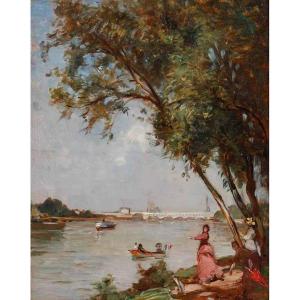













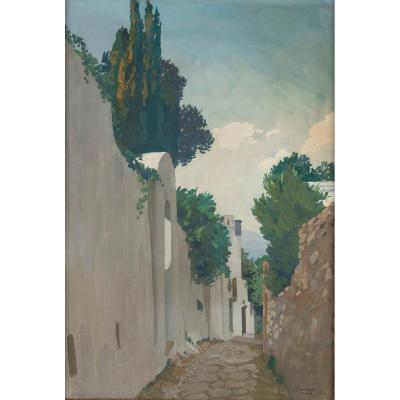
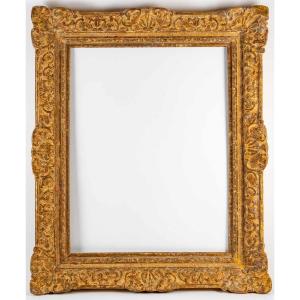











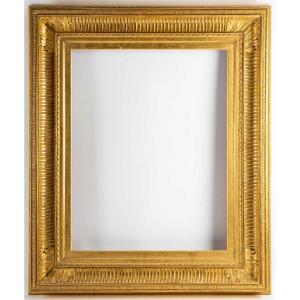

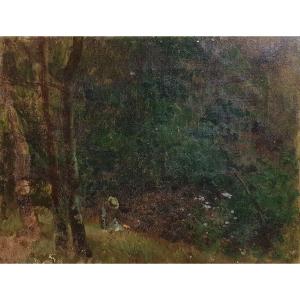






 Le Magazine de PROANTIC
Le Magazine de PROANTIC TRÉSORS Magazine
TRÉSORS Magazine Rivista Artiquariato
Rivista Artiquariato